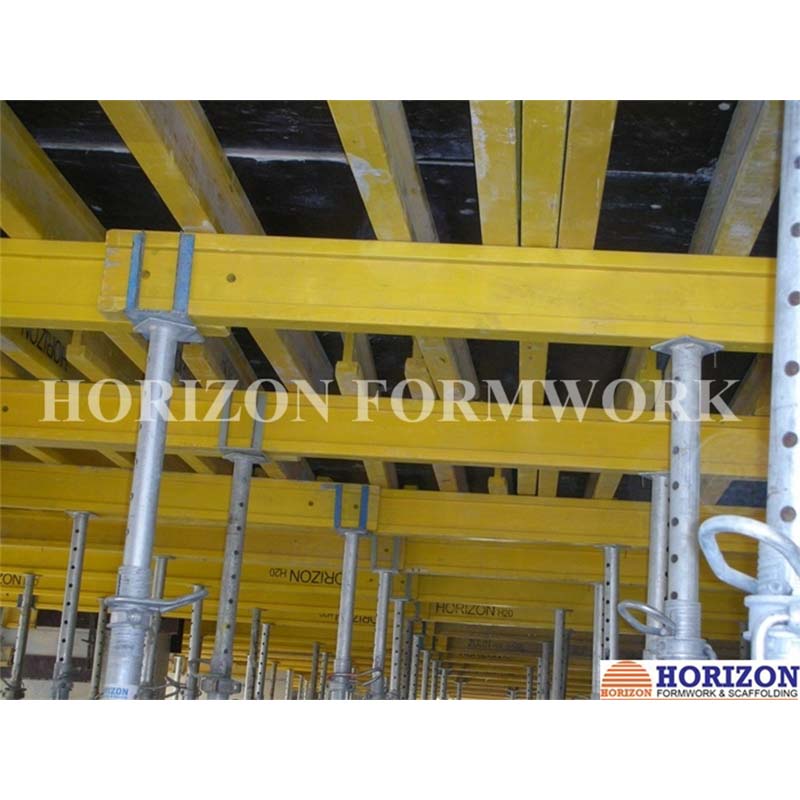Shk . 27, 2024 17:22 Back to list
A Quick Guide to Common Formwork Materials
Concrete formwork systems are built using a variety of materials. They all have their pros and cons, and different options are better for different projects, site environments, and construction needs. Below is a look at the most common formwork materials and the conditions they’re best suited to.
Flex-H20 Slab Formwork
Capabilities of Good Formwork Systems
First, there are certain qualities that make common formwork materials useful in construction with concrete. Every formwork system must be:
- Capable of holding the load of wet and dry concrete
- Able to retain its shape with proper bracing
- Leak-proof at the joints
- Made of materials that don’t warp or become otherwise misshapen
- Removable without damaging the concrete (when using a removable system)
- As lightweight as possible
Types of Common Formwork Materials
- Timber formwork – Timber is a good formwork material because it’s lightweight and easy to work with, and it can be used to create formwork of any size and height. It’s very economical for smaller projects, but not particularly efficient for large ones. Also, it’s not suitable when flexible formwork is needed for complex concrete pours. Timber must be confirmed to be free of termites, and it does have a relatively short lifespan.
- Plywood formwork – This manufactured wooden material is often used in conjunction with timber for formwork systems. It’s durable and lightweight, and mostly used for sheathing, decking, and form lining.
- Steel and aluminum formwork – While considerably heavier and more costly than wood formwork, steel and aluminum are much stronger, longer lasting, and waterproof. They reliably create a smooth finish on the concrete and reduce the honeycombing effect, plus they can be used to form curved walls. Aluminum is not quite as strong as steel, but it’s also lighter.
- Plastic formwork – Plastic formwork systems are put together with modular or interlocking components. They’re best suited to smaller projects with a lot of repetitive formwork needs. Plastic is light and easy to clean. However, because these systems have many prefabricated components, they’re less versatile.
- Fabric formwork – These systems use lightweight, high-strength fabric sheets to allow for exceptionally flexible formwork. It’s a newer formwork material, but it’s quickly becoming popular for creating unusual shapes and interesting architectural details.
- Stay-in-place formwork – This type of formwork is left in place to provide axial and shear reinforcement, and to help prevent corrosion and other environmental damage. Primarily used for piers and columns, this formwork is assembled using prefabricated plastic components.
- Permanent insulated formwork – This formwork system remains in place and doubles as insulation that enhances the structure’s energy efficiency. More advanced materials also offer other benefits, such as fireproofing, sound dampening, and rodent resistance. Insulating concrete forms are the most common type, using polystyrene boards as insulation.
Next:
Latest news
-
Heavy Duty Prop | EN1065 Shoring Props for Formwork & Slabs
NewsSep.01,2025
-
Formwork Spring Clamp Factories | Quality & Durable Spring Clamps
NewsAug.31,2025
-
Adjustable Heavy Duty Props for Slab Formwork - Max Load & Safety
NewsAug.30,2025
-
Premium Formwork Wing Nuts & Tie Rods | Factory Supplier
NewsAug.29,2025
-
Expert Ringlock Scaffolding: Durable, Safe, Efficient Solutions
NewsAug.28,2025
-
Ringlock Scaffolding: Strong, Safe & Efficient Solutions
NewsAug.27,2025
